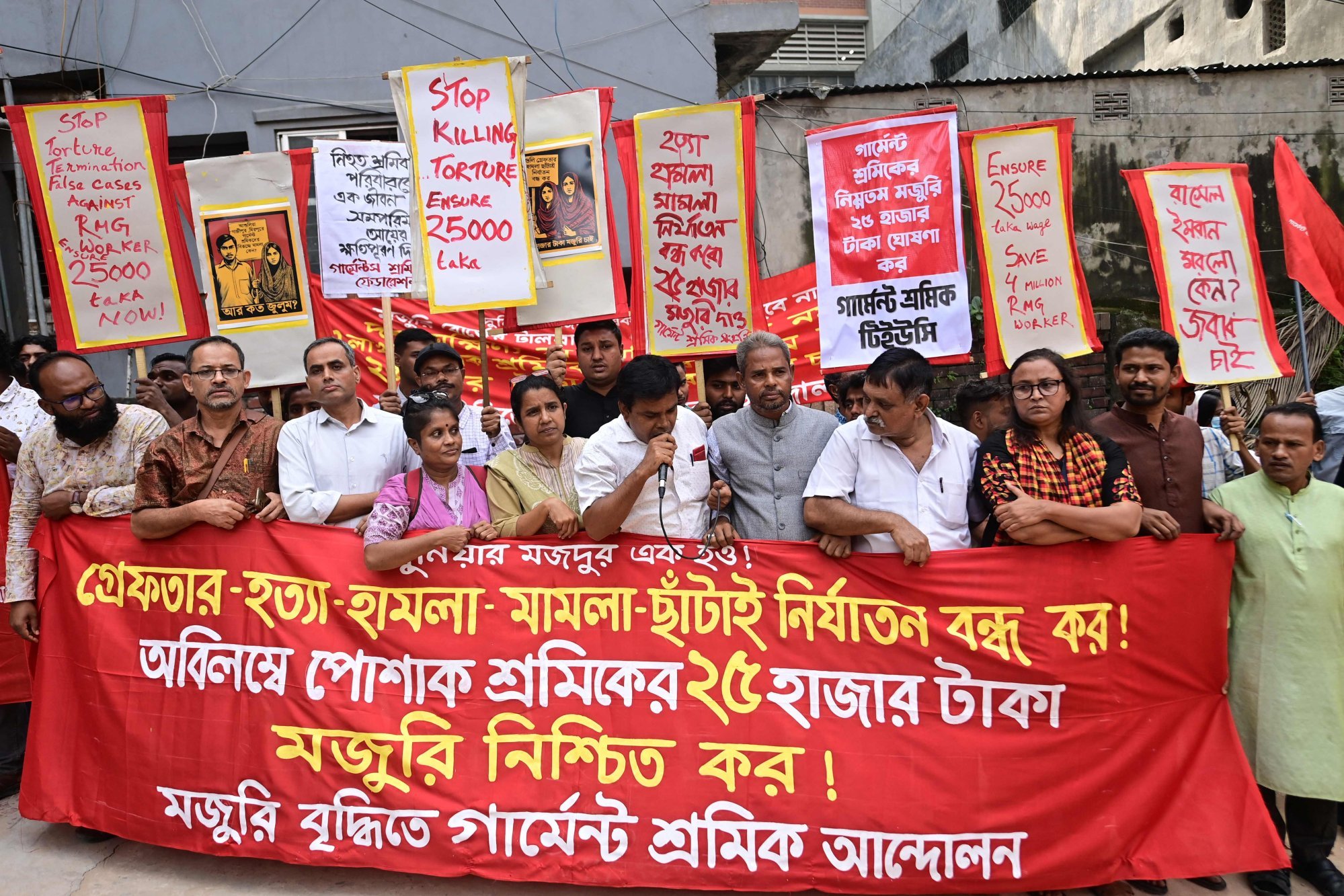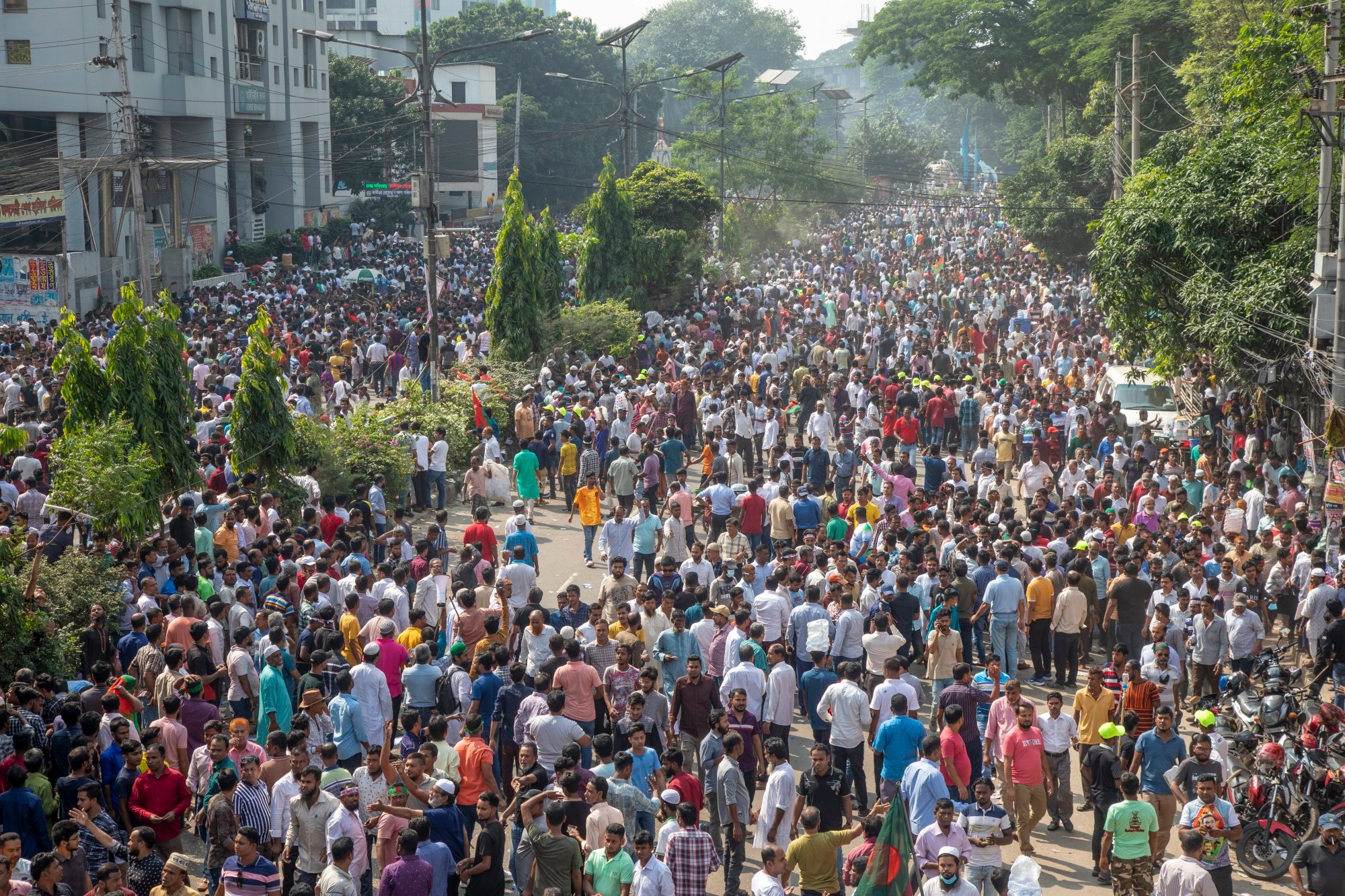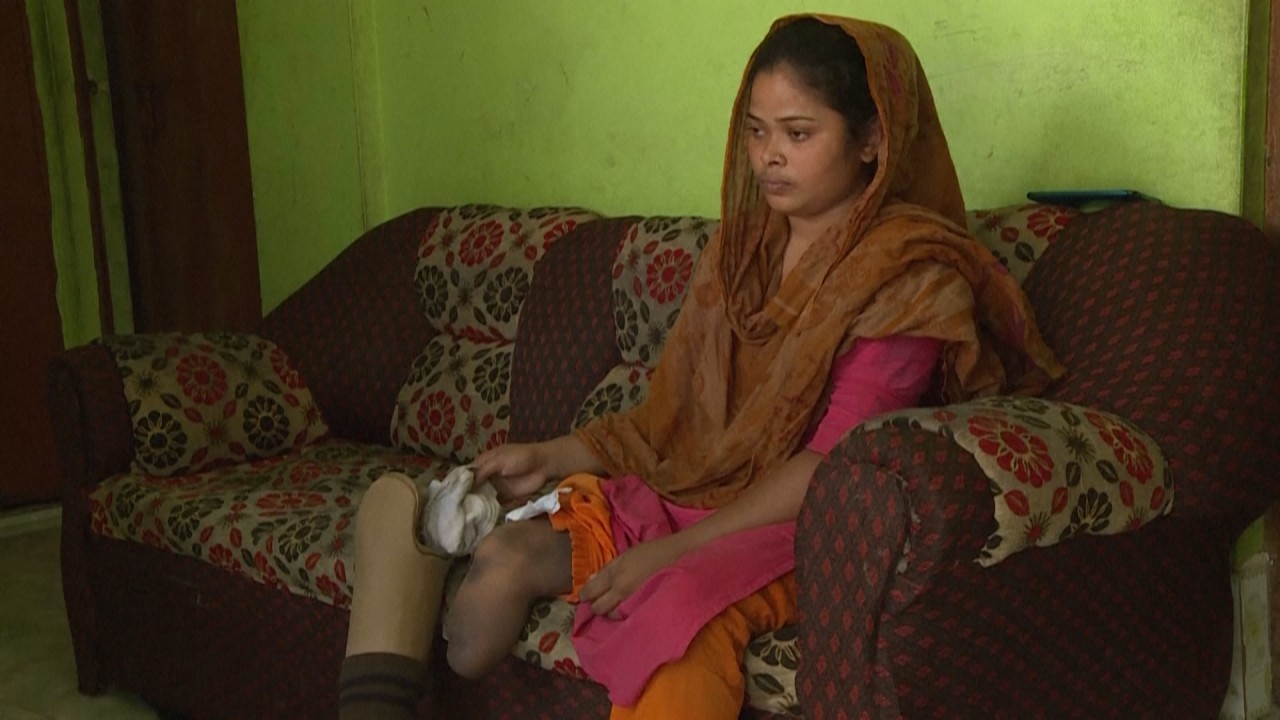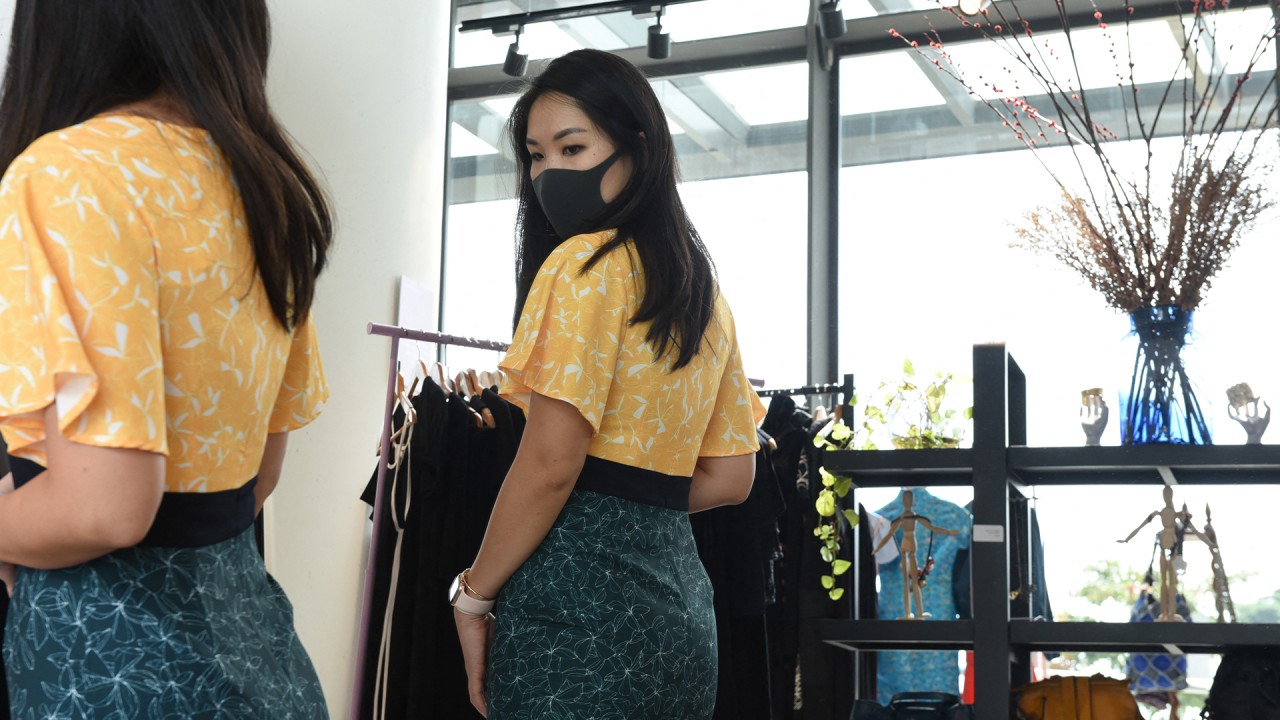In recent years, fast fashion – cheap, trendy high-street clothing that mimics catwalk designs for a fraction of the price – has seen great global demand. In catering to this, Bangladesh is second only to China.
Fast fashion garments accounted for 85 per cent of Bangladesh’s US$55 billion export revenue last year. The country’s 3,500 textile and clothing factories supply global brands such as Levi’s, Zara, Walmart and H&M.

By its very nature, the industry thrives on exploitative practices. According to the Worker Rights Consortium, Bangladeshi workers face some of the worst conditions in the industry, including verbal and physical harassment, and unsafe working environments. From 2005 to 2013, preventable fire and building safety hazards killed nearly 2,000 Bangladeshi workers.
The industry has since signed a landmark agreement to ensure the reasonable protection of all workers from fire and safety hazards, extending it to workers in Pakistan as well. But many garment workers are still waiting for justice.
While the accord addressed basic safety needs, the industry’s crushingly low wages have been conveniently overlooked by governments and conglomerates alike. That is why unrest has returned.

In this era of globalisation, fast fashion is indicative of a much larger power struggle – one that plays out on a global scale, underlining the growing imbalance between rich countries and the rest.
As far back as 2018, the United Nations started calling for “brakes on fast fashion” and a discussion on the price it exacts. This means reassessing our priorities and understanding how the seemingly innocuous action of buying clothes can cause deep harm not just to human rights but also our environment.
The fast fashion industry contributes 2-8 per cent of global carbon emissions, with swiftly discarded clothes and their cheap dyes flooding landfills.
One survey, released in 2020, ranked the 15 European nations that produced the most textile waste every year: Italy was top, with nearly 466,000 tonnes, followed by Germany, France and Britain, each with more than 200,000 tonnes.
These habits are hard to break and are part of a complex web affecting not just people’s livelihoods but the economies of entire countries, including Bangladesh.
Meanwhile, protests in the South Asian nation continue to escalate. On November 2, the Bangladeshi police used tear gas and stun grenades to disperse more than 1,000 garment factory workers in the Gazipur industrial district just outside Dhaka, where about 300 factories remained closed. Armoured vehicles drove through the streets in a show of power, while protesters threw rocks. Local reports say that at least six people, including one policeman, have died.
The Bangladesh Garment Manufacturers and Exports Association has urged global fashion brands to give garment factories “a fair price” so they can pass on these benefits to their workers.
These past months have shown that the search for accountability, for Bangladeshi workers (and, indeed, other exploited garment workers across Asia), must extend well beyond their own country’s borders. It is time for introspection, from the global conglomerates and the rich countries that are the consumer havens for fast fashion.
It’s also clear that much of this change must be driven by consumers ourselves. From shopping less to buying more durable clothing and purchasing from ethical brands that pay fair wages, as consumers, we all have the power to transform this troubled industry for the better.
Kamala Thiagarajan is a freelance journalist based in Madurai, southern India


